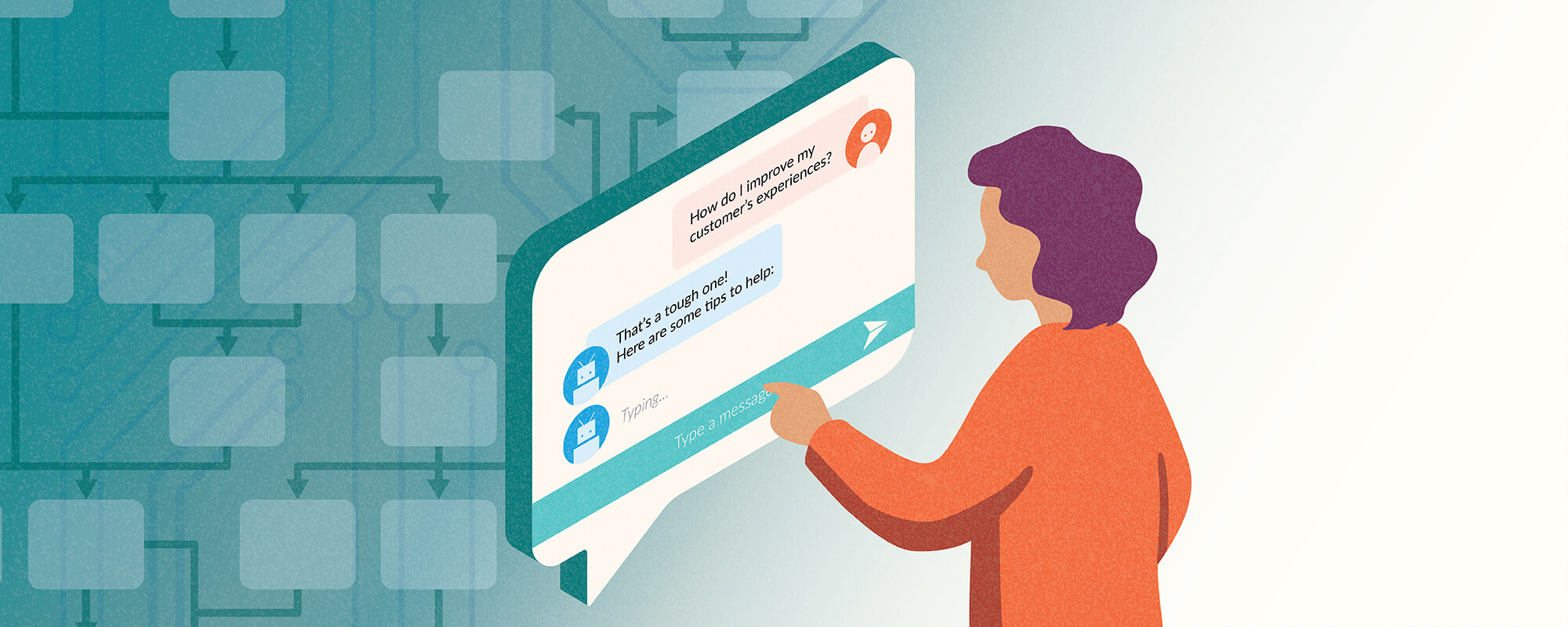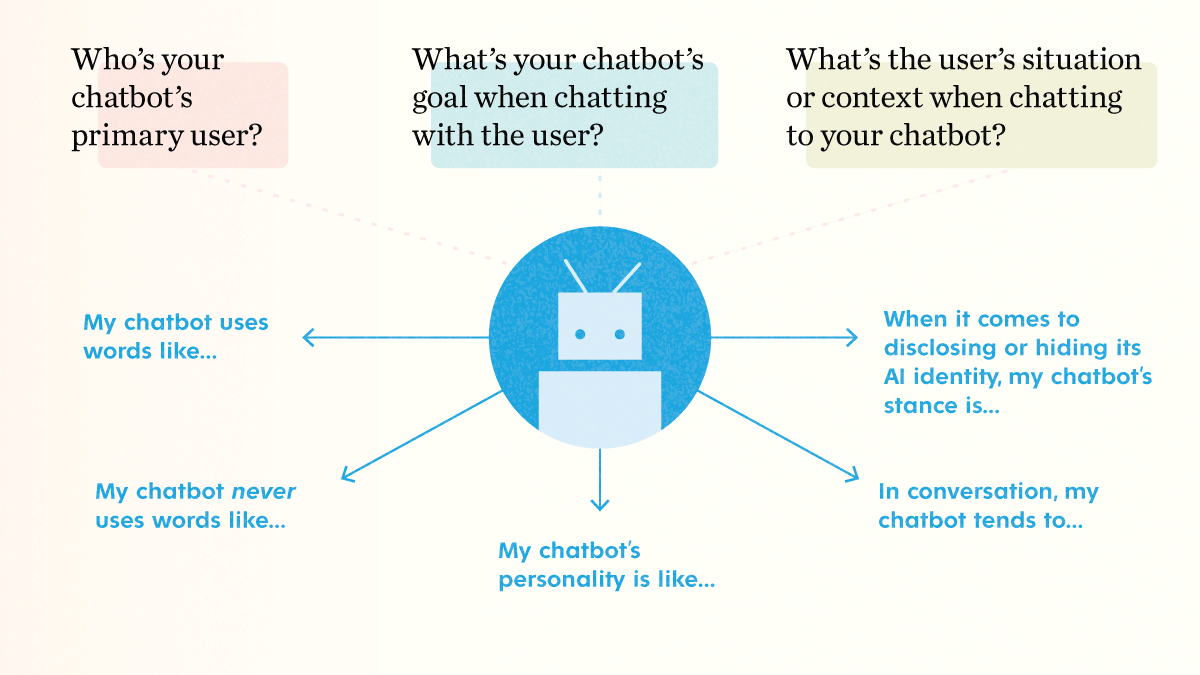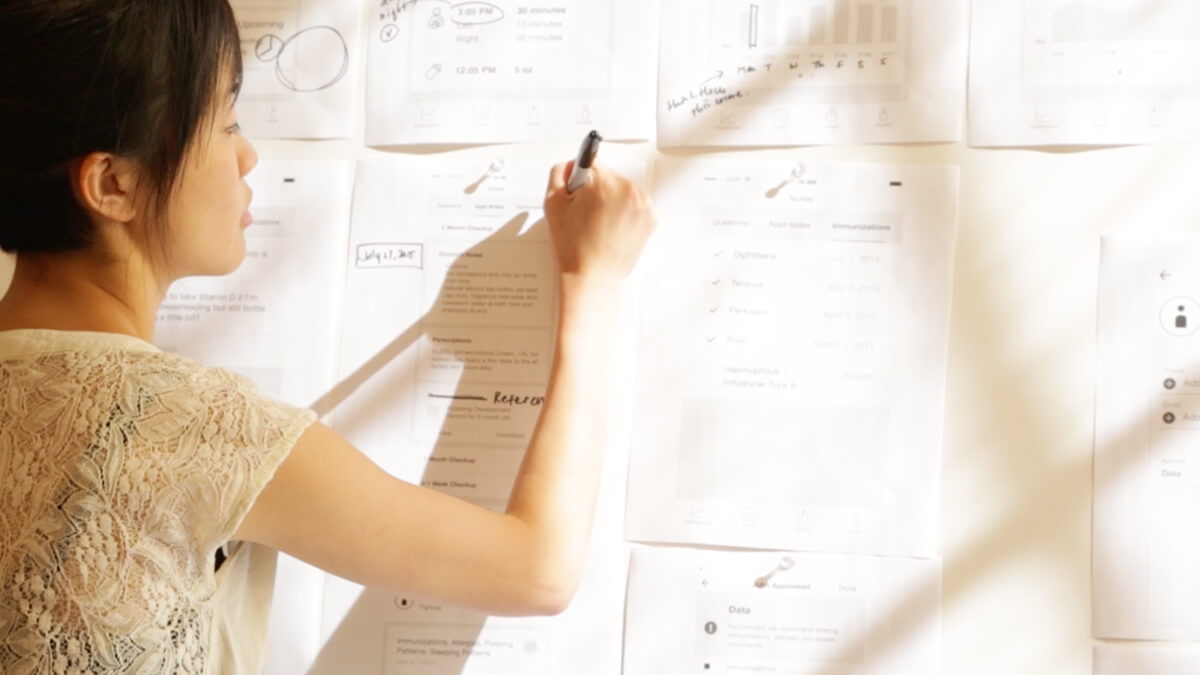
Ideas by Hudson Pridham
Creating best-in-class chatbots: Four lessons from service design
Author

- Hudson Pridham
- Interaction Design Lead
In a landscape of increasing market complexity, competition, and evolving consumer needs, organizations are looking to cultivate a competitive advantage through delivering standout customer experiences.
One way to do this is to provide customers with meaningful personalization and real-time, 24/7, omnichannel support.
Increasingly, chatbots are playing a key role in developing and delivering these offerings. By emulating human conversation with customers in product and service-related tasks, chatbots are enabling organizations to efficiently automate the delivery of personalized customer experiences at scale.
Chatbots are here
The research firm Gartner predicts that, by 2020, more than half of medium to large enterprises will have deployed product chatbots, 85% of a customer’s relationship with a business will be managed without any direct human interaction, and 25% percent of customer service operations will take place using virtual customer assistants.
As with any product or service, building a successful chatbot requires considerations that go well beyond simply sourcing technical solutions. Creating chatbots that customers are excited to engage with and want to come back to regularly requires a deep understanding of customer needs.
Applying service design techniques to chatbots can assist businesses in uncovering and acting on customer needs to create best-in-class chatbots.
Building chatbots with service design
At Bridgeable, we’re always looking to incorporate new design methodologies and expand our toolkit to create better user experiences. Recently, we ran an internal chatbot prototyping jam to better understand how chatbots and our service design approach can create better customer experiences at both the product and service level.
During our prototyping jam, dozens of Bridgeable staff worked in teams to design, prototype, and test chatbots focused on some of our organizational pain points, including calendar wrangling for large brainstorming sessions, submitting IT support requests, and easily identifying previous related work. Each team included one member previously trained in a chatbot development application; the remaining team members leveraged their extensive experience creating journey maps, identifying user needs, transforming services, and creating polished communications pieces.
Four lessons from service design for creating best-in-class chatbots
Reflecting on our experience building chatbots at Bridgeable, we distilled four lessons from service design that can help you create best-in-class chatbots within your organization:
1. User requirements are functional—but also emotional.
Understanding what your user needs to do is table stakes. Being able to anticipate and design for their emotional needs will set your experience apart.
Consider what emotional factors are most important to build into your chatbot. Depending on the emotional needs and expectations of the user, any number of emotional factors—such as trust, security, humor, and empathy—may be important to your design. Use this awareness to define your chatbot’s personality, voice, and tone, and develop a lexicon of words and conversational qualities you can reference when building out your chatbot’s queries and responses. To start, consider the following:
- How will your chatbot introduce itself and act? A chatbot for an e-commerce site might use friendly and playful language, while a chatbot functioning as a lawyer’s digital clerk would probably be more professional and serious.
- How will your chatbot start the conversation? Asking for personal data in exchange for nothing will likely drive customers away. Provide visual rewards (such as humorous or encouraging images, emoji, or animated GIFs) or meaningful information when soliciting and acknowledging the completion of key asks.
- When and how will your chatbot hand over the conversation to a human? Seamless human handover when a real person is requested or when the chatbot doesn’t understand can make the difference between a frustrating and an amazing customer experience.

2. Chatbots can easily integrate solutions across the customer’s end-to-end journey.
Don’t consider only your user’s immediate goals when using your chatbot. Take time to map out the larger user journey that your chatbot may be part of.
Mapping out the user’s larger journey will help you begin to understand how your chatbot might advance the user’s goals beyond their immediate reason for engaging your chatbot. Consider how your chatbot conversations might build on existing information, and be sure to set up follow-up actions when a conversation ends.
For example, beyond simply entering an order, consider how a chatbot might contribute to the larger process of ordering takeout lunch:
- What historical or contextual information might the chatbot leverage to present more relevant ordering options? Examples include previous orders, what restaurants are nearby, and what friends may be ordering at that time.
- How might the chatbot streamline the process for picking up or receiving an order? Providing a notification telling the user when to start walking to pick up an order and providing walking directions can help.

3. Engage a range of stakeholders to focus design efforts and chatbot capabilities.
Don’t build your chatbot within a silo. Engage diverse stakeholders early and often to ensure that you’re building on real user needs.
Your chatbot can’t do it all, especially in an early development stage where time and resources are scarce and your chatbot’s value proposition is unclear to most customers and internal stakeholders. In addition to end users, consider engaging internal stakeholders, such as those who will maintain your chatbot or receive the chatbot’s outputs, like product purchase orders. By engaging diverse stakeholders early and often, you’ll be better able to prioritize functionality and conversation branches, focusing your design team’s efforts on what matters to your users and your organization.
4. Build your chatbot prototypes quickly, and start iterating using real data.
Building a chatbot prototype can take as little as a few minutes. Many aspects of your chatbot can be developed without any working code, like starting with a rough conversation map outlined on paper and building using drag-and-drop software.
This rapid prototyping approach is essential to quickly getting you to what matters: testing and refinement. While simple, many drag-and-drop tools provide a mix of strict keyword (or rules-based) commands and natural language processing (NLP) capabilities, which allow for more flexible text entry and sentence structure. Moreover, many tools, such as Engati, Chatbot, and BotMock, provide designers with valuable user data, including unexpected requests or dead-end conversation branches. These can be leveraged to obtain actionable insights for developing a chatbot further or continually refining the user experience.

Creating user-friendly chatbots is about more than finding technological solutions. Service design helps point the way to designing for your user’s emotional needs and better understanding how your chatbot fits into their journey. It also highlights the importance of engaging diverge stakeholders in the process and the value (and ease!) of rapid prototyping to bringing it all together.
Happy building!
Illustration by Wendy Gu, Biomedical Communications Designer
Illustration by Wendy Gu, Biomedical Communications Designer
Author

- Hudson Pridham
- Interaction Design Lead

Hudson Pridham
Interaction Design Lead
Related Ideas